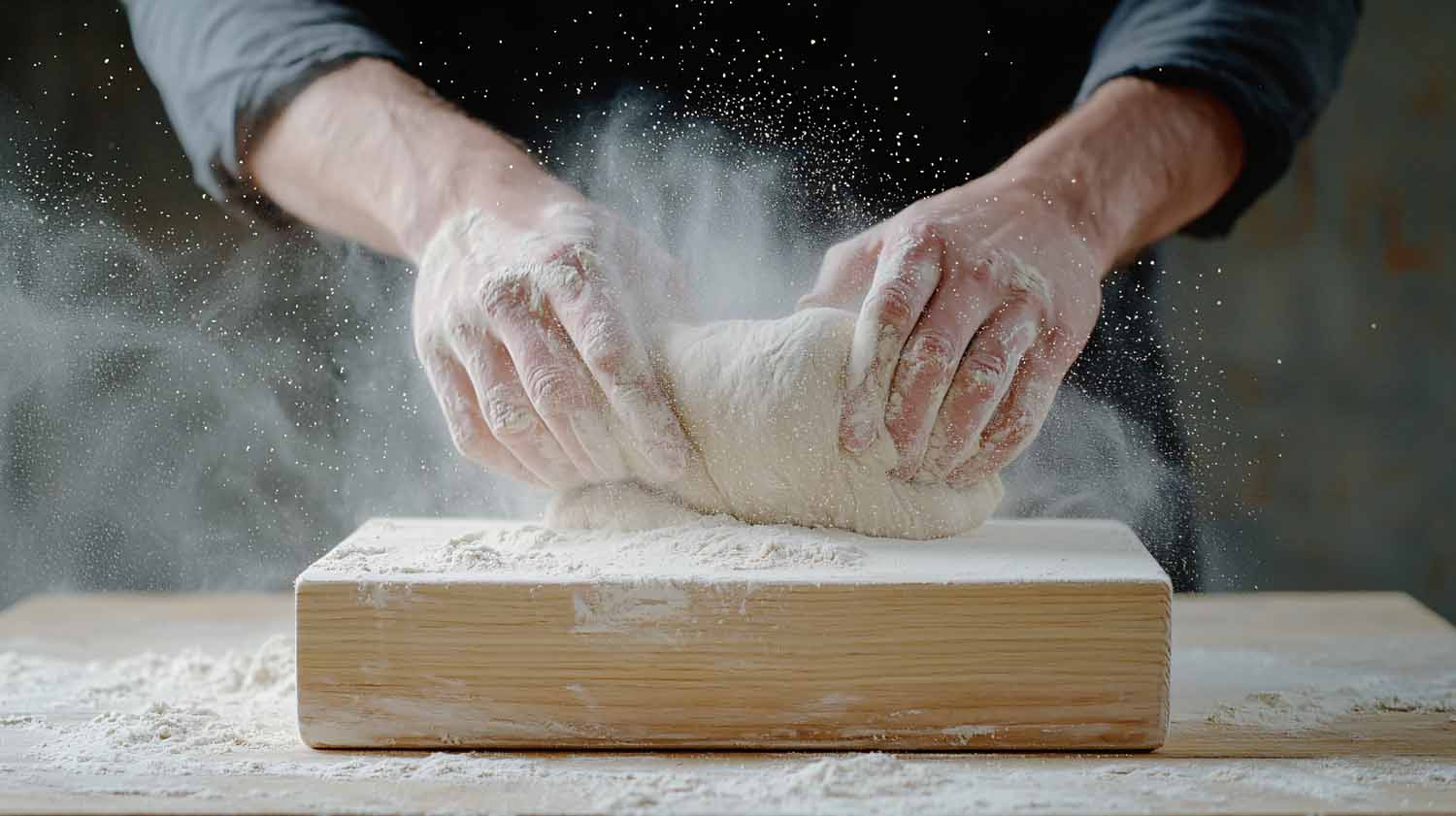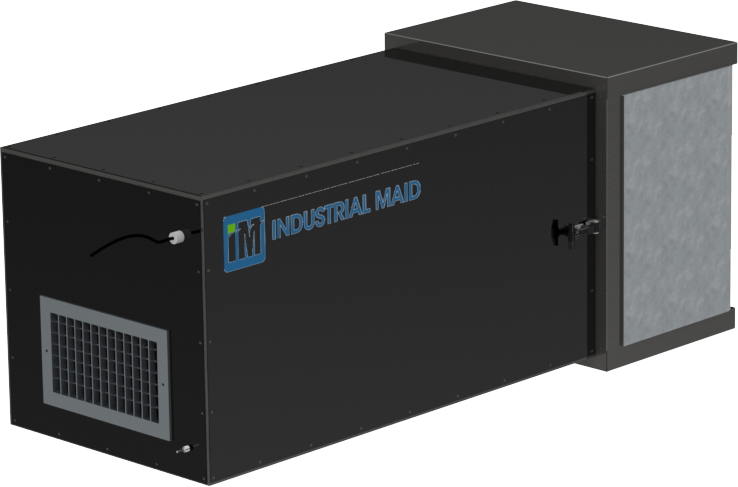Solutions for Flour Dust
Bakeries can create high concentrations of airborne flour dust from loading flour, dusting flour onto baking surfaces, dry sweeping flour dust and disposing empty flour bags. This dust can cause risk for combustion and explosion, and some health risks when continuously inhaled. Industrial Maid industrial air filtration solutions are a great solution to capturing, filtering and eliminating this dust from work areas. The two best options for flour dust removal are listed below. Or, browse all of our products to determine what best fits your needs.
See All Industrial Maid Products
Flour Dust Collection
Food manufacturers, restaurants and bakeries all have regulations on freshness, chemicals and cleanliness of serving or providing food for the public. However, industrial bakers and bakeries that handle large amounts of flour undertake an invisible risk every day. Flour dust is so minute that’s it’s invisible to the naked eye—but being exposed to it day-in and day-out for a long period of time can pose risks to workers—just as any airborne element can do.
Regular inhalation can cause what most people refer to as “Baker’s lung” also known as white lung. Flour dust also presents the risk of explosion. Fine dust particles that are not controlled can easily ignite and cause fire balls or explosions—common materials in bakeries and restaurants that cause this type of reaction are flour dust, sugar, coffee, dried milk, potatoes powered and soup powder.
Invisible risks are scary because we can’t see them or feel them, which makes it even more important that precautions are taken to avoid them. Let Industrial Maid help your bakery or restaurant in controlling and eliminating these invisible dangers.
The Risks of Flour Dust Exposure
Flour dust exposure is often overlooked, but there are health risks to breathing in not only flour but other common grain dust including wheat, rye, millet, barley, oats or corn. Risks associated with these include changes in lung function, bronchitis, asthma and other respiratory problems.
Common symptoms include coughing, shortness of breath, losing your voice or becoming hoarse, asthma, eye problems, conjunctivitis, rhinitis and sinus problems. Symptoms and risks, like many exposures, depends on the longevity and amount of exposure. Those exposed to flour dust for 30 years or more take on more serious health problems, while majority of bakery workers get an onset of symptoms after 8 to 10 years.
Flour dust can be so fine that it’s invisible to the naked eye, and symptoms can be so minor that a person may only notice a tickle in their nose when larger asthma health effects are in progress. So, if you’re not experiencing any smaller symptoms like watery eyes, sneezing, head colds and cough, how do you know if you’re affected?
The first step is to take an allergy test, a skin, prick or intradermal test from your medical provider. Developing an allergy is common among bakers, and if a positive finding is uncovered, you can take necessary precautions to maintain and control it—and keep it from getting any worse.
While the remedies for treating and controlling allergies will vary based on the person and extent of the need, ensuring flour dust is filtered and controlled from the onset will help prevent the formation of allergies, and the other health risks associated with flour dust and other common baking ingredients.



